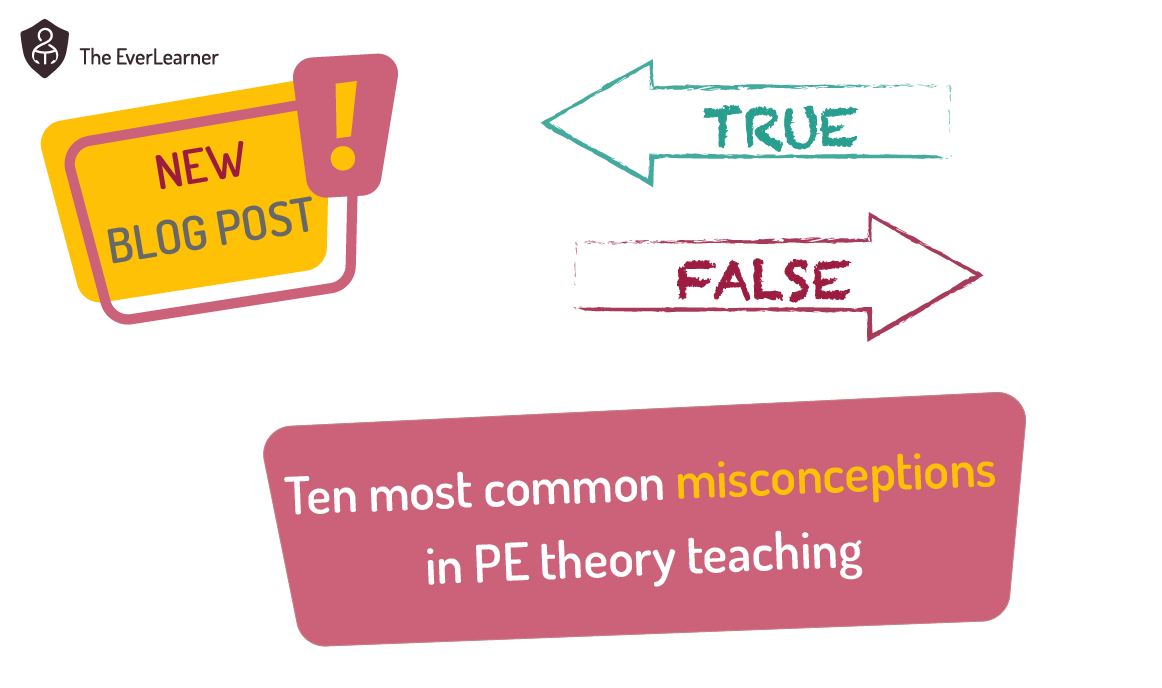Teaching the Principles of Training. It's Time to Get This Right! Part 2/2
In last week’s post, I went deep into specificity, progression, overload, reversibility and especially the FITT principle. This week, it’s time to round things off by completing our principles of training, focussing on:
- Tedium;
- Thresholds;
- Individual needs;
- Overtraining (sometimes referred to, inversely, as moderation).
Please, be reminded that only some of these principles may be required on your specific course but it is fair to say that all students (whether GCSE, A-level, vocational or simply core PE learners) can benefit from understanding these principles.
For example, at GCSE level, each of the exam boards present the principles in this format:
|
AQA |
Edexcel |
OCR |
IGCSE |
Eduqas/WJEC |
|
Specificity |
Specificity |
Specificity |
Specificity |
Specificity |
|
Progressive Overload |
Progressive Overload |
Progression |
Progression |
Progression |
|
Reversibility |
Overtraining |
Overload |
Overload |
Overload |
|
Tedium |
Reversibility |
Reversibility |
Reversibility |
- |
| - |
Thresholds of training |
- |
Tedium |
- |
|
Frequency |
FITT |
Frequency |
Frequency |
Frequency |
|
Intensity |
Individual Needs |
Intensity |
Intensity |
Intensity |
|
Time |
- |
Time |
Time |
Duration |
|
Type |
- |
Type |
Type |
Variation |
| - | - | - |
Dangers of overtraining |
- |
Remember also that the principles of training have two primary intentions:
- to cause the maximum, relevant training adaptations over time;
- to be sustainable.
As you read on, please keep in mind the insights shared last week, as they form the foundation for what follows.
Tedium
How many of us PE teachers have uttered a statement similar to this:
It’s when training gets a bit boring. We have to make it exciting to prevent this.
Well, I have. It’s probably exactly what I taught early on in my career. Whilst this statement is not wrong, it doesn’t get to the core intuition of tedium. In my opinion, a better way to think about tedium is as the potential cause of reversibility. Reversibility happens when training ceases or FITT is decreased to such an extent that training adaptations stop and, potentially, de-adaptation occurs. One of the potential causes of reversing adaptations is psychological fatigue, disinterest, boredom or lack of motivation or discipline. This is tedium!
Tedium can be applied (prevented) in lots of different ways but, probably, the best way is to consider the second T of the FITT principle: type. As discussed in Part 1, Type involves, amongst other things, the need to utilise different training methods, different activities within a training activity or even the introduction of exciting components in a session.
The principle of tedium is there to make a training programme sustainable because it helps to maintain the participants’ interest in the training.
Thresholds
Thresholds relate directly to the I of FITT - Intensity. In general terms, thresholds can be split into continuous-type training methods and intermittent-type training methods:
- Continuous training: thresholds based on % of maximum heart rate (%MaxHR)
- Intermittent training: thresholds based on % of 1 repetition maximum (%1RepMax)
Let’s take continuous-type training. Most will agree that the following energy block represents %MaxHR for continuous activities:

Those training for aerobic progression target 60%-80% of MaxHR and those working on anaerobic progression, over 80%MaxHR. But these are quite general guidelines and don’t take into account the individual needs of participants. We will address this shortly.
Of course, we also need to know how to calculate MaxHR. Almost all PE teachers will be fully aware of the following:
MaxHR = 220 - age
Therefore, as a 48-year-old, my MaxHR would be:
MaxHR = 220 - 48 = 172bpm
But it’s worth remembering that this is quite a general way of calculating MaxHR. Yes, it’s functional but it is generic. In my case, if I want to train at my upper aerobic threshold, I would need to make the following calculation:
Upper aerobic threshold = 80% x MaxHR
Upper aerobic threshold = 80% x 172 = 138bpm (rounded to the nearest integer)
This allows me to get on a treadmill, set the machine to hill walks and work at my upper aerobic threshold.
But this principle can be more accurate. The 220 - age equation is all well and good but there is a more comprehensive calculation known as the Karvonen principle. If you, like I, have taught PE in classrooms for more than a few years, you will have taught the Karvonen principle many times. It used to be a staple of PE lessons up and down the land. These days it seems to be deemed as “not accessible” enough. I don’t know why this is the case. Our PE students are studying maths on average four times a week and the Karvonen principle requires nothing more than a knowledge of basic arithmetic and the order of operations:
Target Heart Rate = ((MaxHR - RestingHR) x %Intensity) + RestingHR
If you’d like to know more about this principle, I thought I would share a video I recorded about it back in the myPEexam days:
Now, let’s focus on intermittent training.
If the intermittent training is of a running, cycling or swimming nature, we will tend to use %MaxHR again and, almost universally, use the anaerobic zone of >80% MaxHR.
But, for the purposes of this article, I am going to focus on resistance training as an intermittent training experience. Intensity (and, therefore, thresholds) of resistance training is based upon %1RepMax and nothing else. I, once again, repeat myself from Part 1 and state that we cannot increase nor decrease the intensity of exercise by increasing or decreasing the number of reps and sets. I’m sorry for repeatedly stressing this point but, honestly, this misunderstanding is one of the core reasons I am writing this post. Sets and reps relate to time specifically, as I have previously mentioned.
| Resistance training Intensity | |
| %1RepMax | |
| Max strength | Strength endurance |
| >85 | 60-85 |
This can be taken further by introducing the association with Time:
| Resistance training Time | ||
| Max strength | Strength endurance | |
| Sets | 4-6 | 2-4 |
| Reps | 1-6 | 12-21 |
| Recovery time between sets | ~30s | ~60s |
As an extra note of consideration, the intensity of flexibility training can be measured by %RoM.
Individual needs
Some would argue that individual needs should be the first and most important principle of training. This is a fair point and individual needs are the partner of specificity.
The way I distinguish specificity from individual needs is as follows:
Specificity: Considers the sporting and performance needs of the athlete WITHOUT considering who the athlete is.
Individual needs: Considers who the specific athlete is within a group of athletes.
Therefore, specificity considers playing position or event, energy system, muscle groups and so on. But individual needs are about getting to know the individual athlete. Amongst other things, individual needs ask the trainer to consider things like:
- age;
- injury history;
- motivational preferences;
- preferred leadership style;
- preferred friendship groupings;
- personal targets or ambitions.
I could go further but, hopefully, these types of individual needs will help a trainer understand why two hockey goalkeepers playing at the same level might need different training programmes if, say, one of them is currently recovering from a sprained ankle.
Overtraining (sometimes referred to, inversely, as moderation)
Once again, overtraining is a combined principle. Overtraining causes, for example, reversibility. Overtraining is the flip side of moderation.
In my experience, overtraining is, by far, most common at the start of a training programme. Participants will go from nothing to lots very rapidly and this causes their training to be unsustainable. Sometimes people need to hear these words: “Just a little bit, to begin with, is great!” I also tell younger participants that, to begin with, if you train to your maximum and make your training painful, the tendency to continue is very low. Overtraining is also the evil side of progression. Progression tells us that increases need to be gradual and steady in order to be sustainable. Overtraining involves ignoring progression.
So, my dear friends, there you have it. I hope these two articles have been helpful and have caused us all to think and reflect on why the principles are so important and how they can be taught.
Thank you for reading.
Have a lovely day.
James
%20Text%20(Violet).png)


